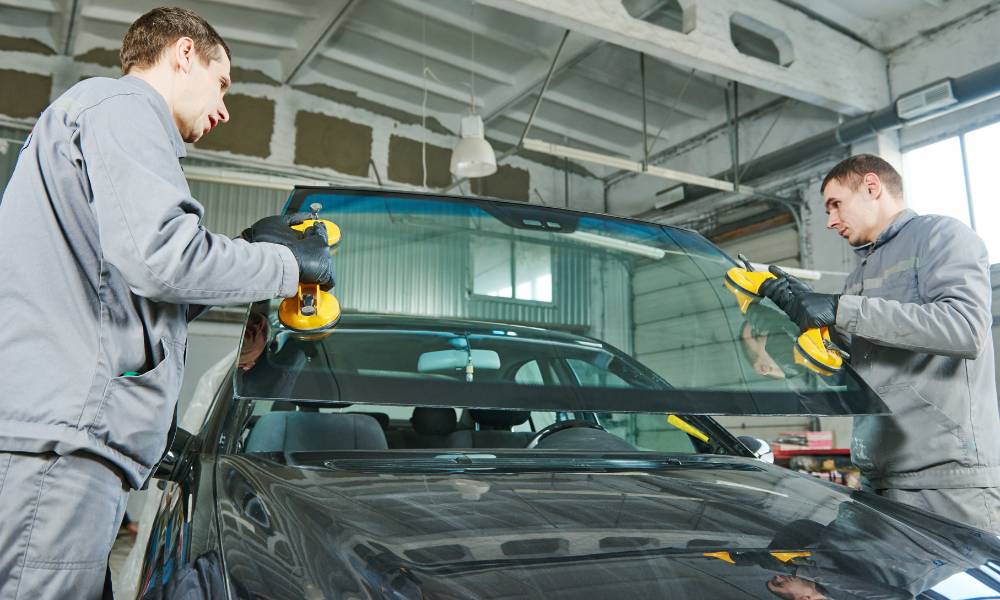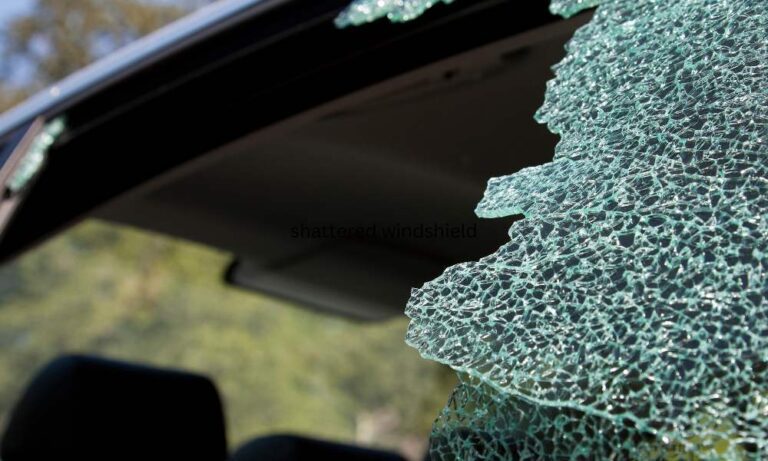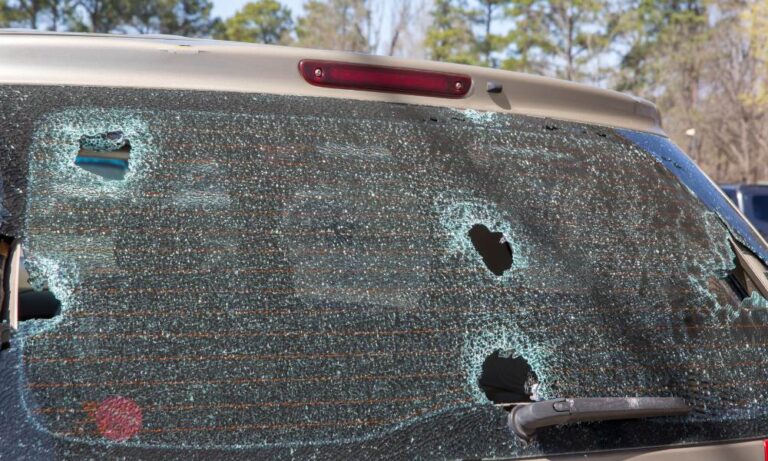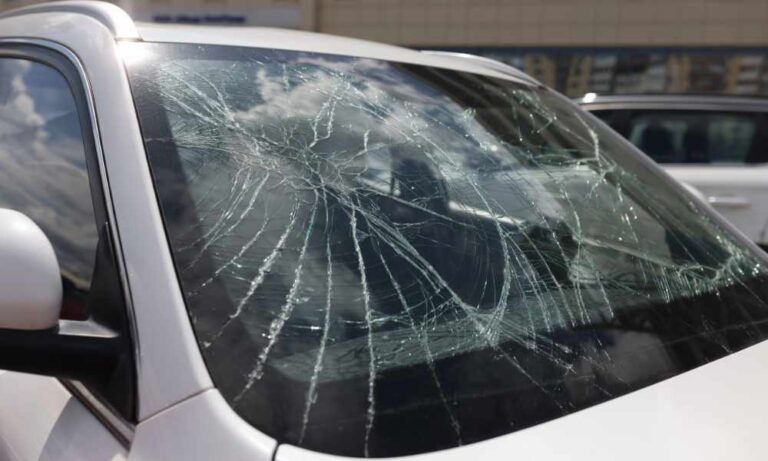The Hidden Dangers of a Shattered Windshield: Why Immediate Repair...
Windshield Recalibration: Frequently Asked Questions and Answers

Windshields play a crucial role in ensuring the safety of drivers and passengers in vehicles. They provide protection from external elements, such as wind, debris, and even harmful UV rays. However, with the advent of advanced driver-assistance systems (ADAS), windshields have taken on an additional responsibility: supporting the functionality of these intricate safety features.
One essential aspect of maintaining optimal ADAS performance is windshield recalibration. In this blog post, we will explore frequently asked questions regarding windshield recalibration, providing detailed answers to help you better understand this vital process.
What is windshield recalibration?
Windshield recalibration refers to the process of realigning and reprogramming the ADAS sensors installed in a vehicle’s windshield. ADAS systems rely on a network of sensors, cameras, and radar technologies to enhance safety by assisting drivers with tasks such as collision avoidance, lane departure warnings, and adaptive cruise control.
When a windshield is replaced or repaired, it can impact the accuracy and effectiveness of these ADAS features. Recalibration ensures that the sensors are correctly aligned and calibrated, allowing the ADAS systems to function optimally.
Why is windshield recalibration necessary?
Windshield recalibration is necessary because ADAS sensors are typically mounted on or near the windshield. When the windshield is replaced, even the slightest shift or misalignment can cause the sensors to lose accuracy, leading to incorrect readings and potential malfunctions of the ADAS systems. Recalibration ensures that the sensors are precisely aligned, guaranteeing that the ADAS features function as intended, and providing accurate information to assist the driver.
Which ADAS systems require windshield recalibration?
Several ADAS systems may require recalibration after windshield replacement or repair. These include:
a. Lane Departure Warning (LDW):
LDW systems use cameras to monitor the vehicle’s position within the lane. Recalibration ensures that the camera is precisely aligned to accurately detect lane markings and provide warnings if the vehicle deviates from its lane.
b. Forward Collision Warning (FCW):
FCW systems use radar sensors to detect potential collisions with objects or vehicles ahead. Recalibration ensures the radar sensor is accurately aligned and calibrated to provide timely warnings.
c. Adaptive Cruise Control (ACC):
ACC systems use radar or laser sensors to maintain a safe distance from the vehicle ahead. Recalibration ensures the sensors accurately measure the distance and adjust the vehicle’s speed accordingly.
d. Automatic Emergency Braking (AEB):
AEB systems use various sensors to detect imminent collisions and automatically apply the brakes if necessary. Recalibration ensures the sensors are accurately aligned to provide timely and reliable braking assistance.
How do I know if my vehicle requires windshield recalibration?
Not all windshield replacements or repairs necessitate recalibration. However, it is essential to consult with a professional technician or the vehicle manufacturer to determine if recalibration is required for your specific vehicle and its ADAS systems.
In general, recalibration is necessary if:
- The windshield replacement involved the removal or reinstallation of the ADAS sensors.
- The windshield repair was performed near the ADAS sensors.
- The vehicle’s ADAS system displays warning lights or error messages.
- The vehicle’s manufacturer recommends recalibration after windshield replacement or repair.
Can I drive my vehicle without windshield recalibration?
While it may be possible to drive your vehicle without immediate recalibration, it is highly recommended to have the recalibration performed as soon as possible after windshield replacement or repair. Without recalibration, the ADAS systems may not function correctly, potentially compromising the safety features designed to assist and protect you while driving. Neglecting recalibration can also lead to inaccurate readings, false warnings, or even the complete failure of the ADAS systems.
Who can perform windshield recalibration?
Windshield recalibration is a specialized process that requires professional expertise and specialized equipment. It is best to consult authorized service centers, automotive glass experts, or certified technicians with experience in ADAS recalibration. These professionals have the necessary tools and knowledge to accurately realign and recalibrate the ADAS sensors in your vehicle’s windshield.
How long does windshield recalibration take?
The duration of windshield recalibration depends on various factors, including the vehicle make and model, the complexity of the ADAS systems, and the recalibration method used. In general, recalibration can take anywhere from 30 minutes to a few hours. However, it is important to note that this estimate may vary, and it is advisable to consult the recalibration technician for a more accurate time frame.
Can windshield recalibration be done at home?
Windshield recalibration is a complex process that typically requires specialized equipment and expertise. While some ADAS systems offer limited self-calibration capabilities, it is generally not recommended to attempt recalibration at home.
Improper recalibration can lead to incorrect alignment, rendering the ADAS systems ineffective or even causing further damage. It is best to rely on professionals who possess the necessary knowledge, tools, and experience to perform windshield recalibration accurately.
Will my insurance cover windshield recalibration?
In many cases, insurance policies cover windshield recalibration as part of windshield replacement or repair. However, coverage varies depending on the insurance provider and policy terms. It is advisable to review your insurance policy or consult with your insurance company to determine if windshield recalibration is covered. In some instances, recalibration may be an additional cost not included in the standard insurance coverage.
How often should windshield recalibration be performed?
The frequency of windshield recalibration depends on various factors, including the vehicle manufacturer’s recommendations and the specific ADAS systems installed in your vehicle. In general, recalibration is necessary after windshield replacement or repair. Additionally, it is recommended to perform recalibration whenever the ADAS systems display warning lights or error messages. It is best to consult your vehicle’s manual or the manufacturer’s guidelines to determine the recommended recalibration intervals for your specific vehicle.
Conclusion
Windshield recalibration is a critical process to ensure the optimal functionality of ADAS systems in modern vehicles. By realigning and recalibrating the sensors after windshield replacement or repair, drivers can rely on accurate readings and timely assistance from the ADAS features. Remember to consult professionals and follow the manufacturer’s guidelines to ensure that windshield recalibration is performed correctly. Prioritizing windshield recalibration safeguards the safety of both the driver and passengers, providing peace of mind on the road.
Read more Articles
The Costly Consequences of Neglecting Windshield Damage: How Repairs Save You Money
The Costly Consequences of Neglecting Windshield Damage: How Repairs Save...
Common Signs of a Defective Windshield: How to Spot Potential Issues
Common Signs of a Defective Windshield: How to Spot Potential...



